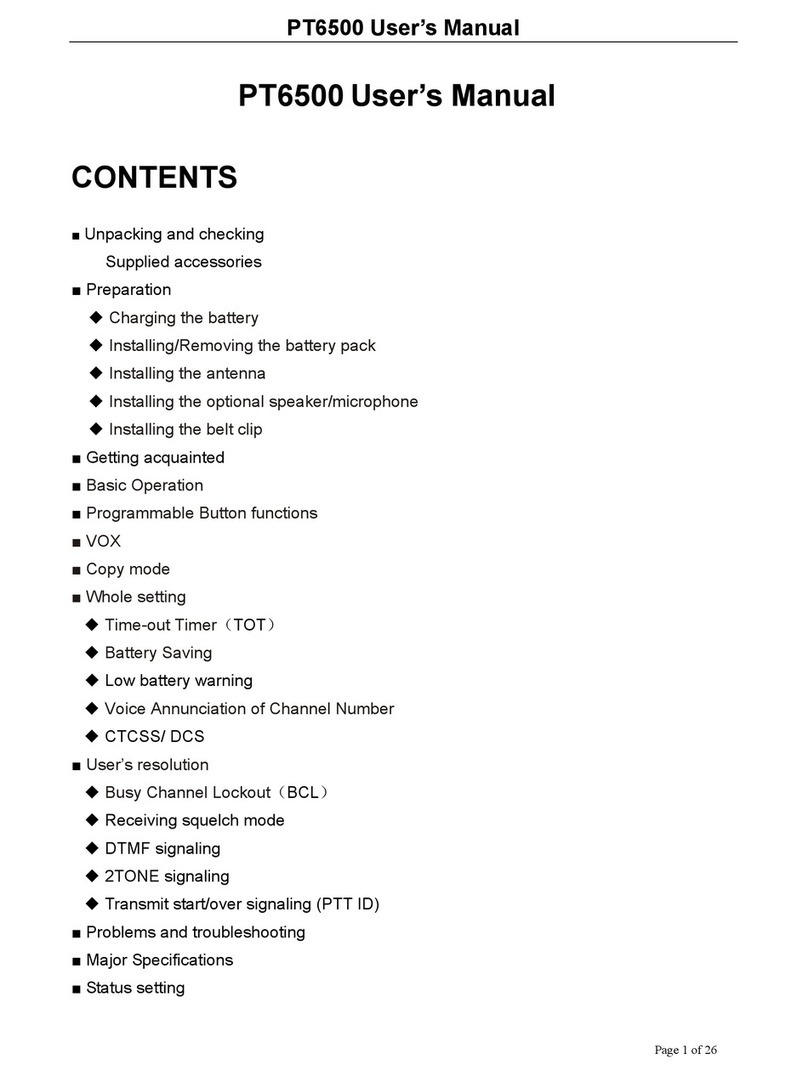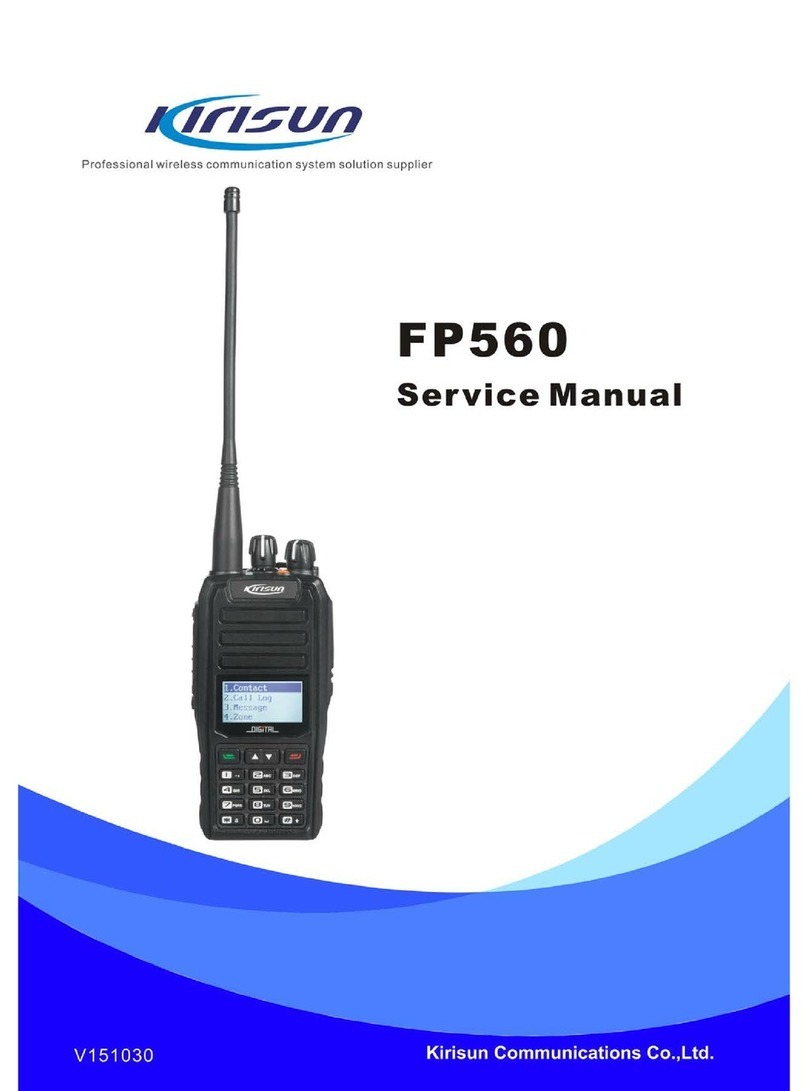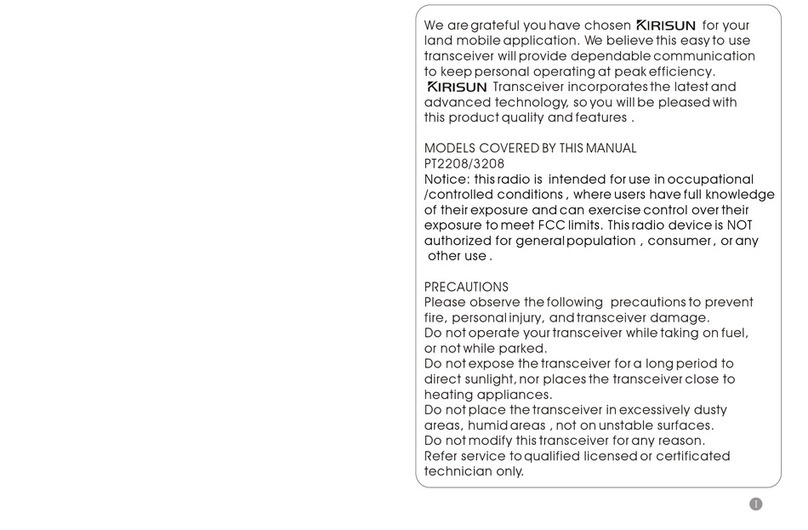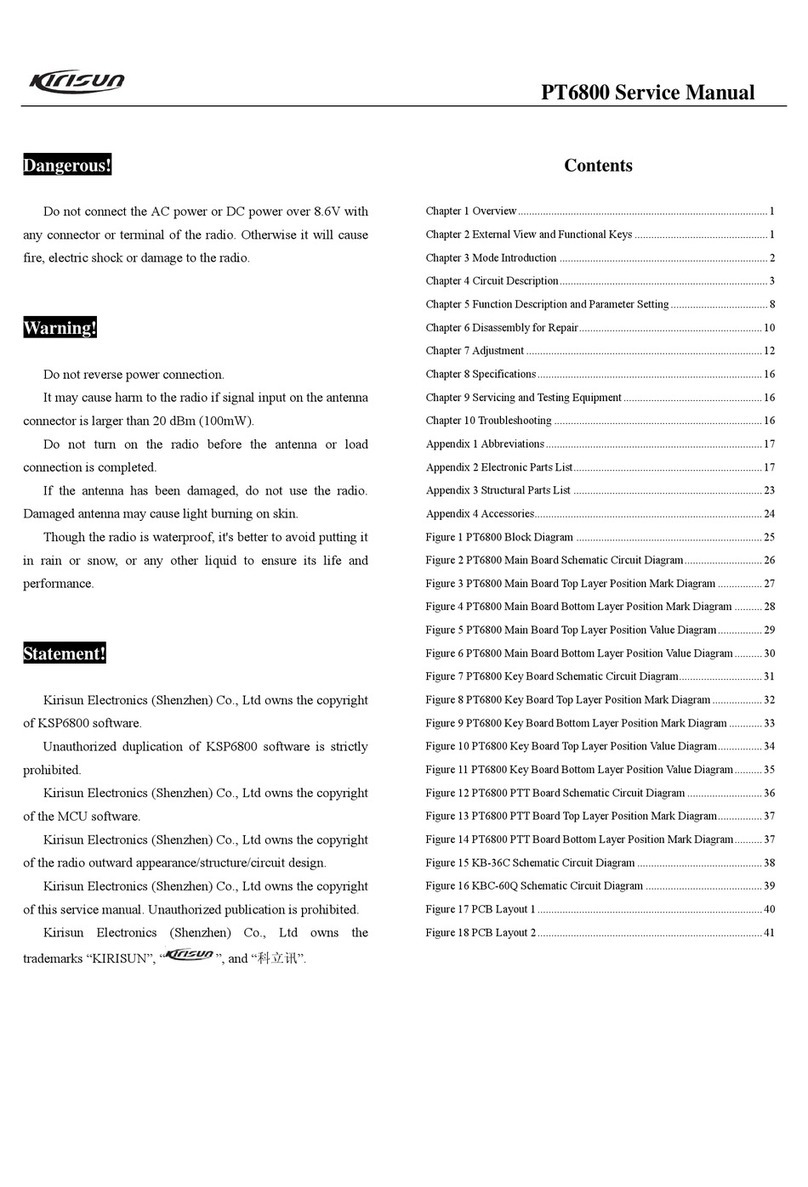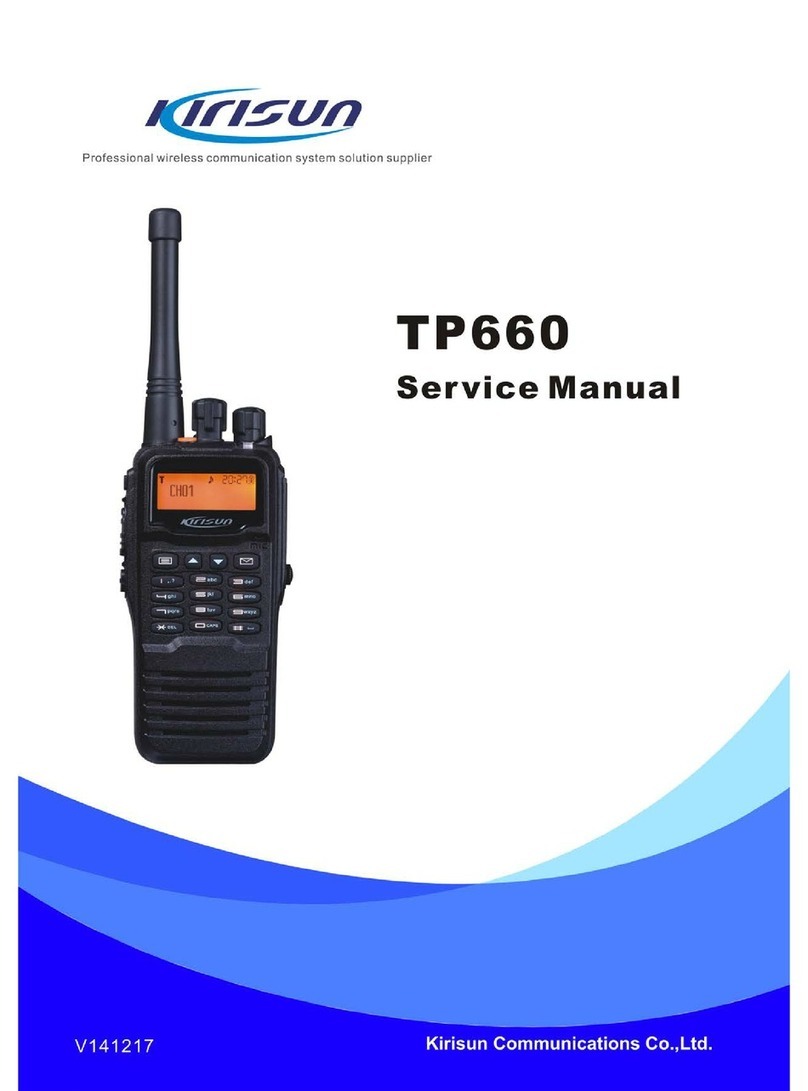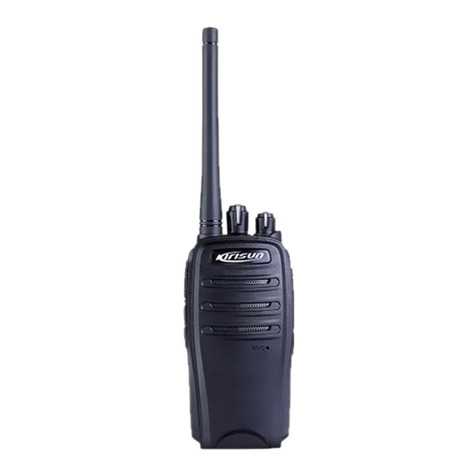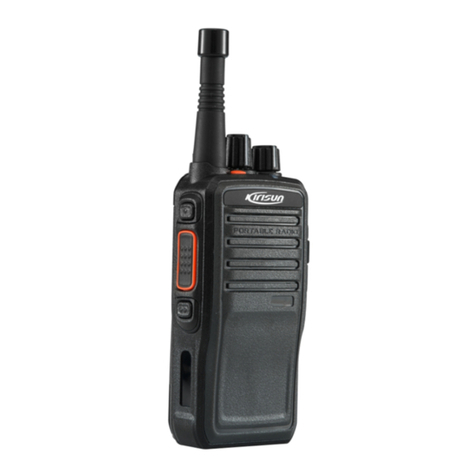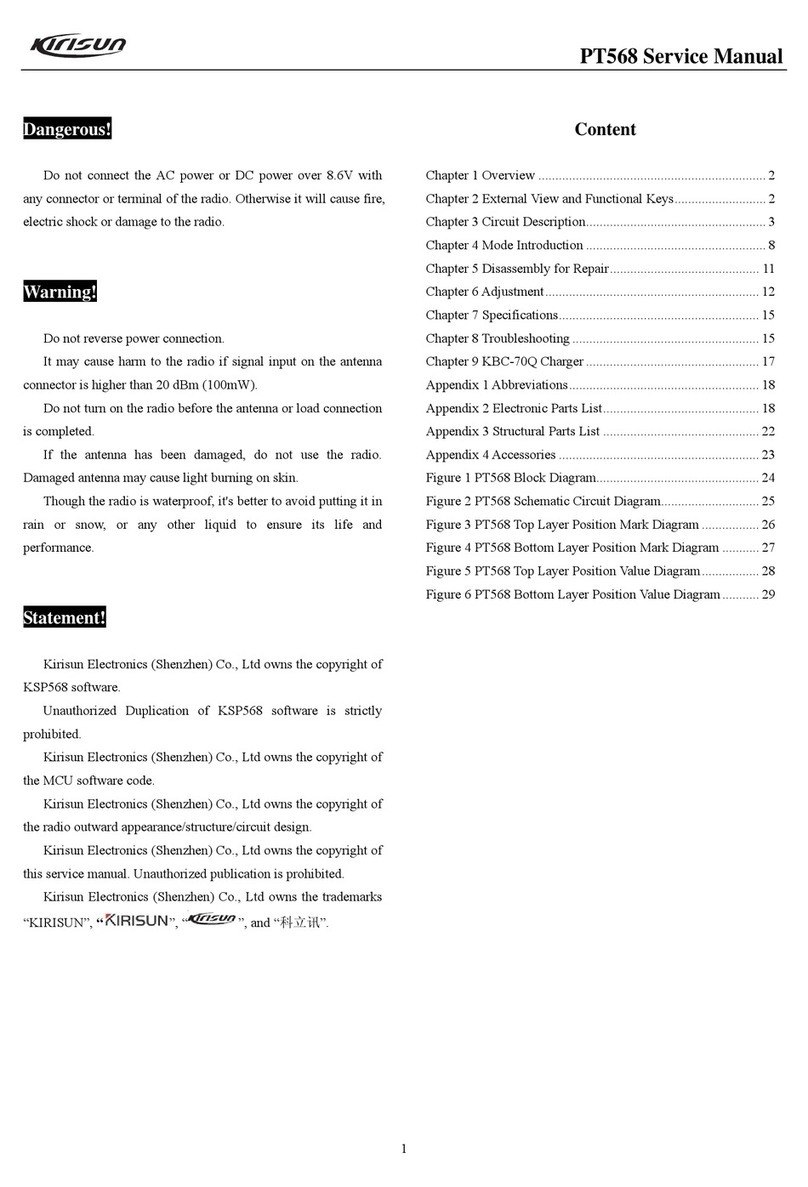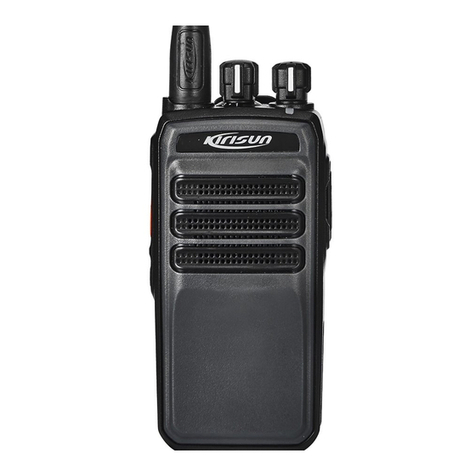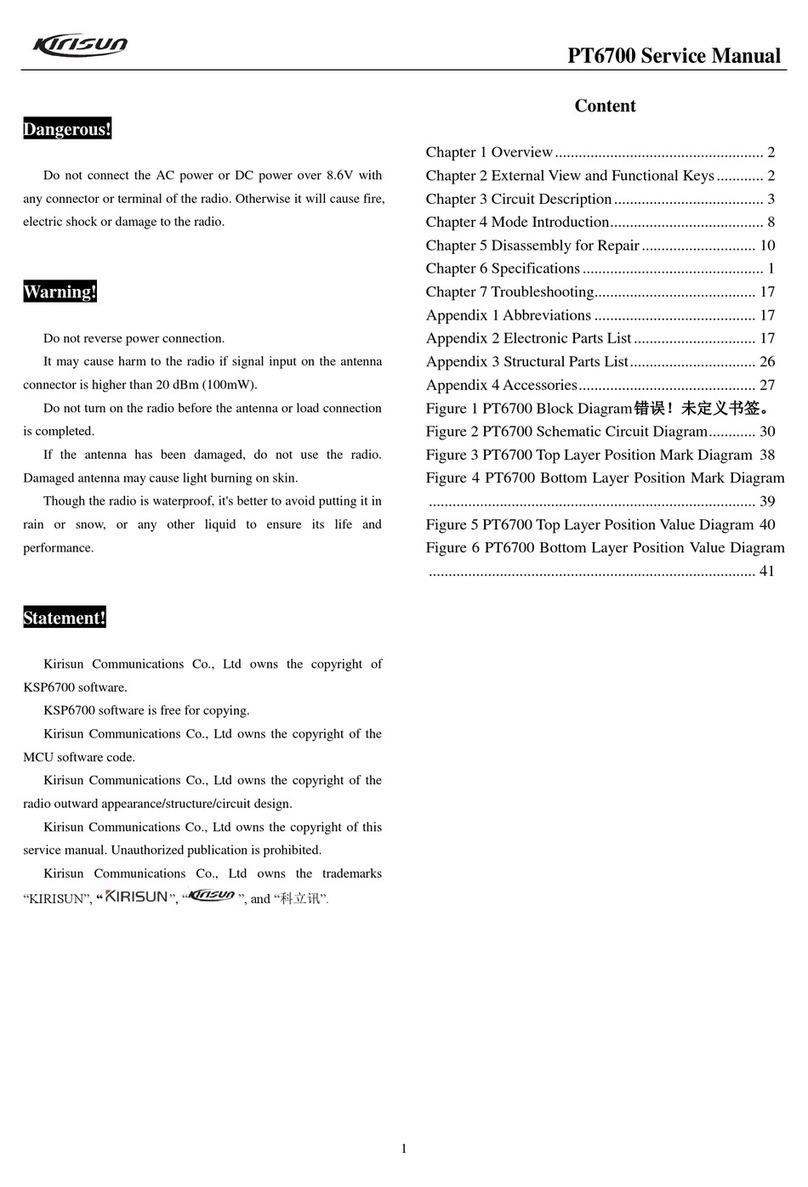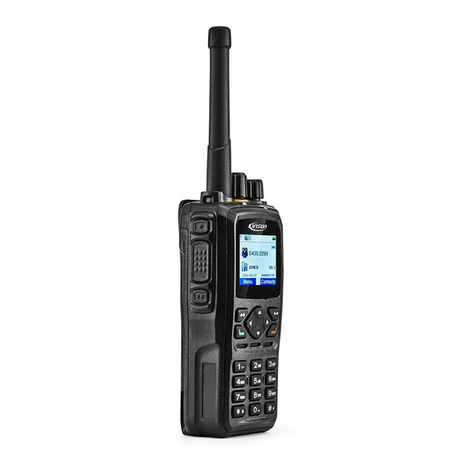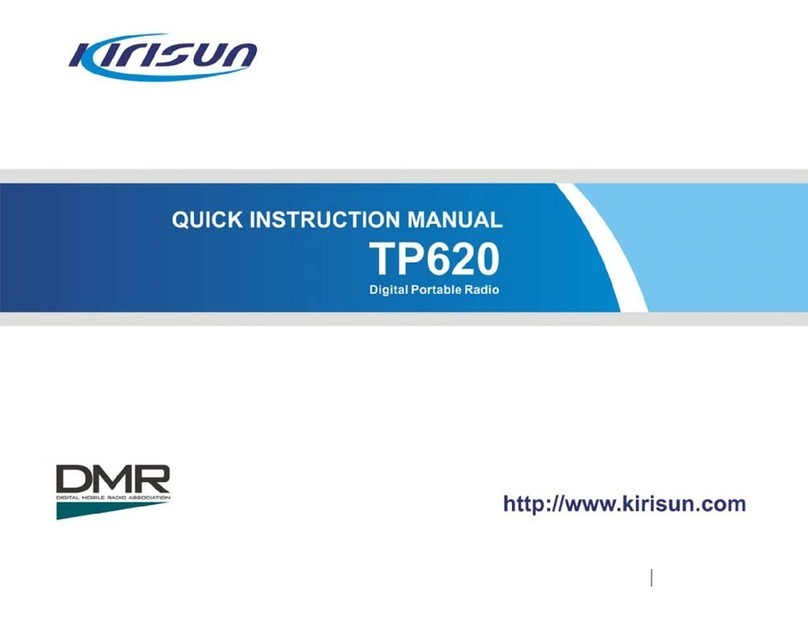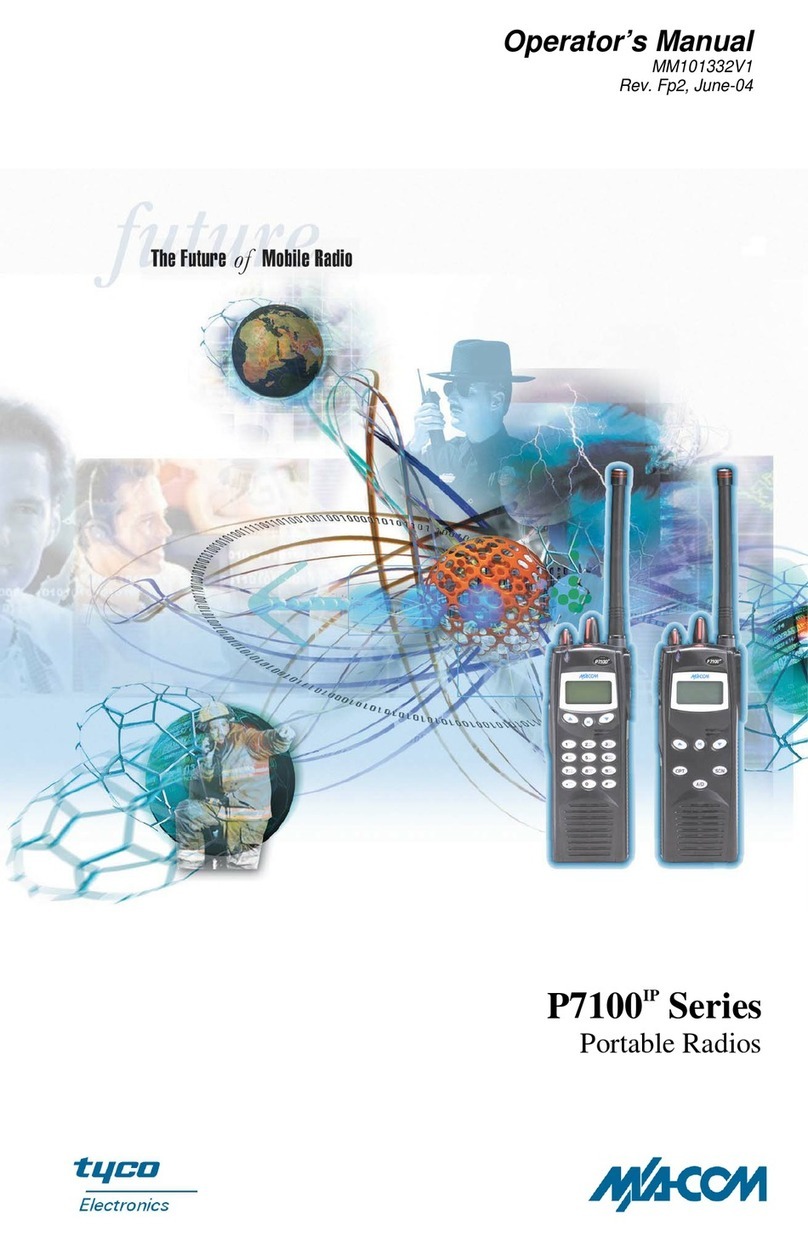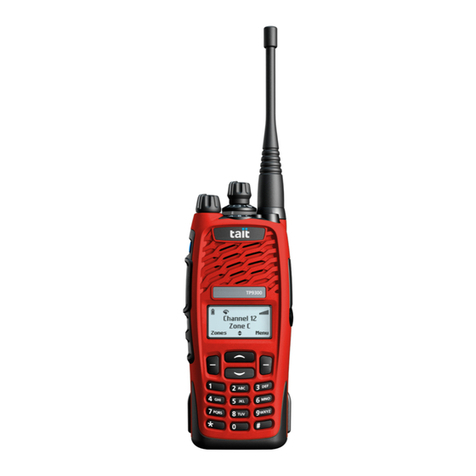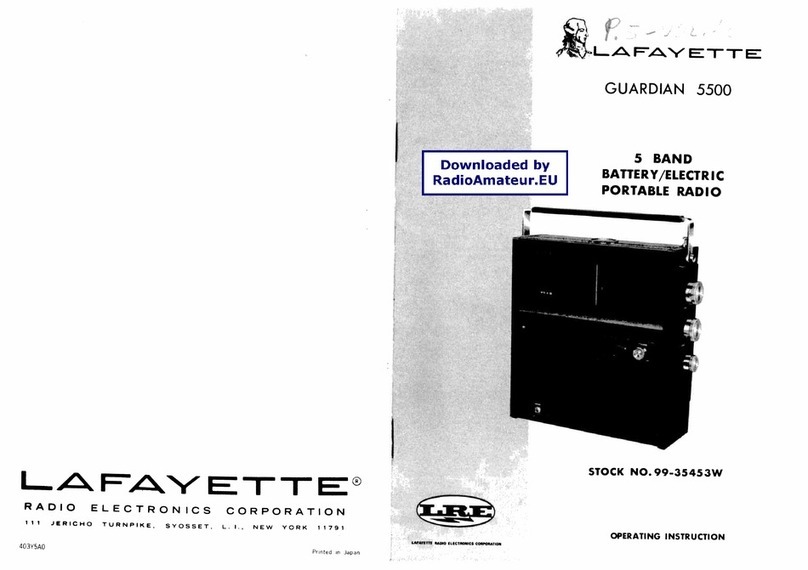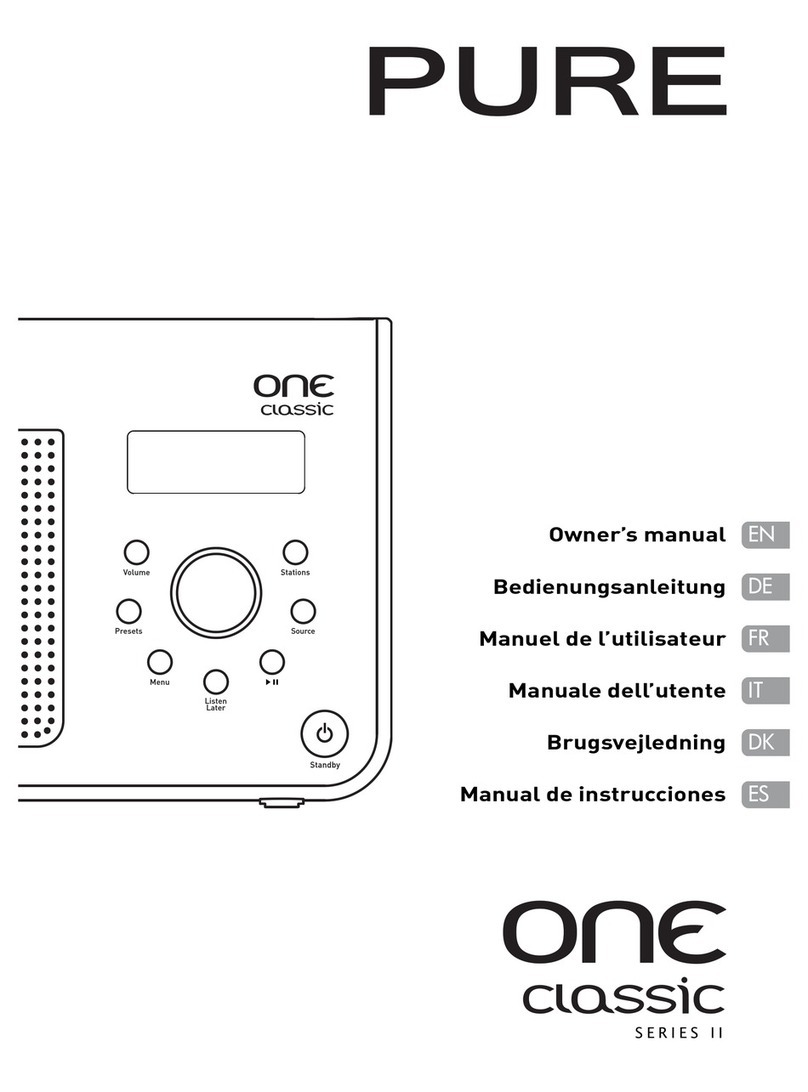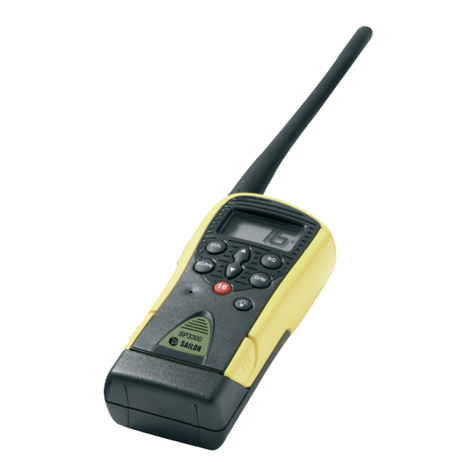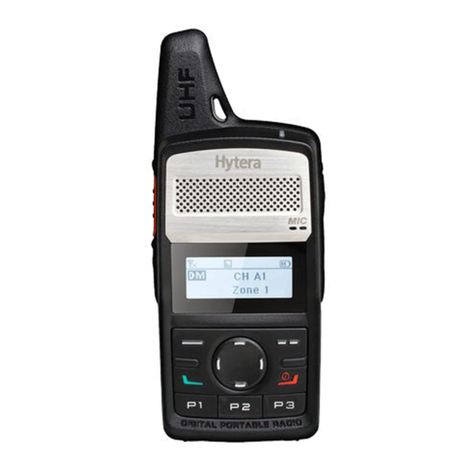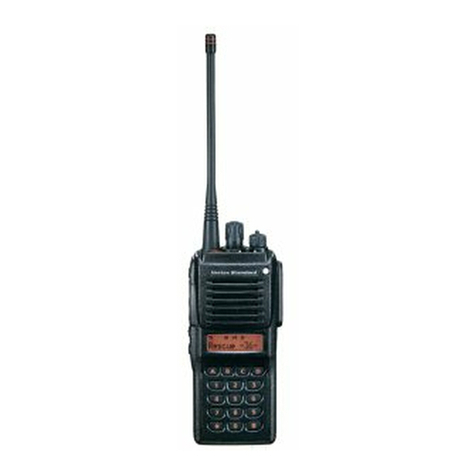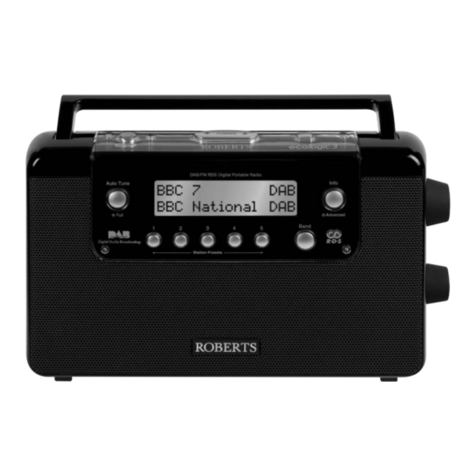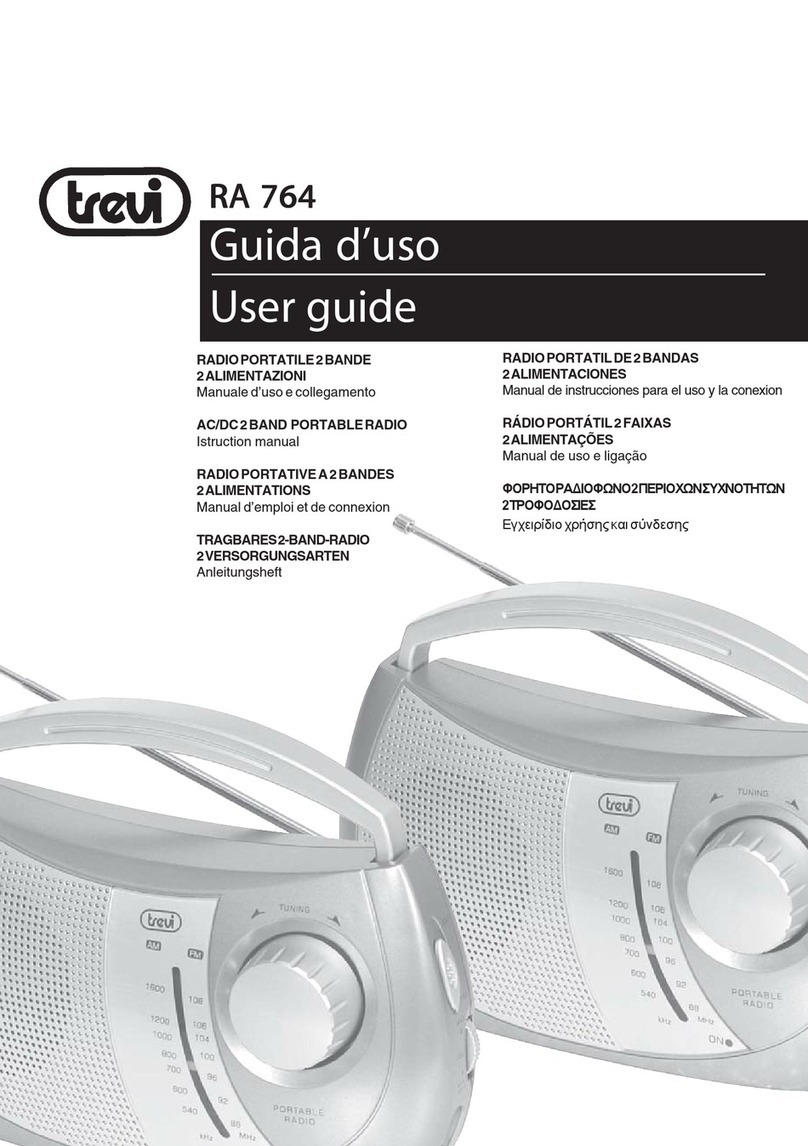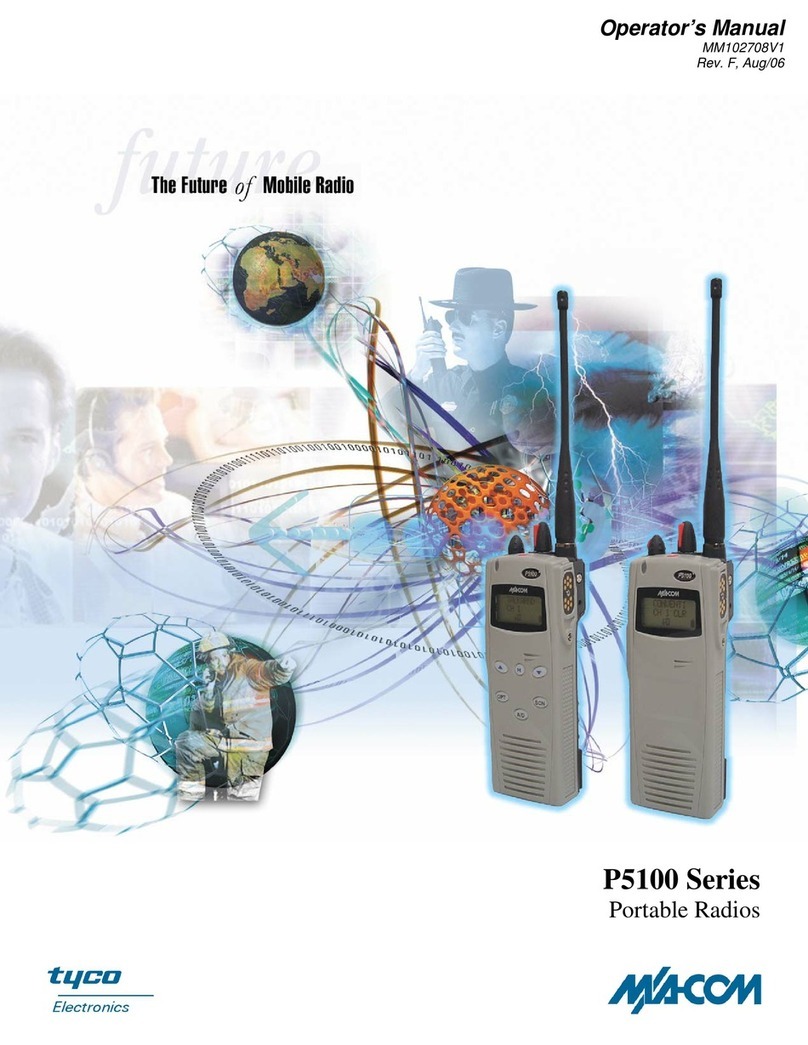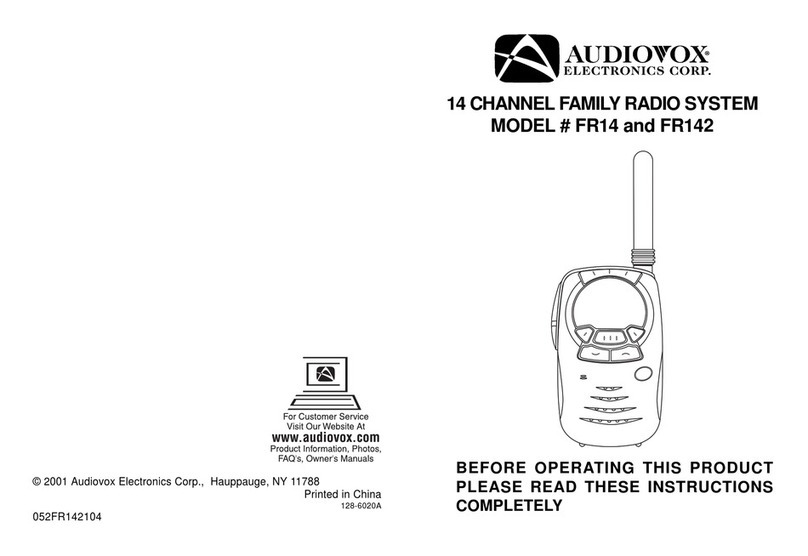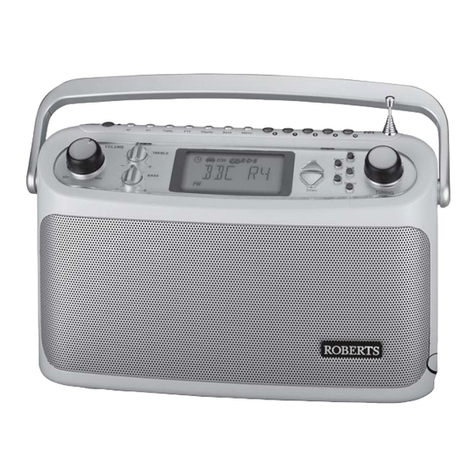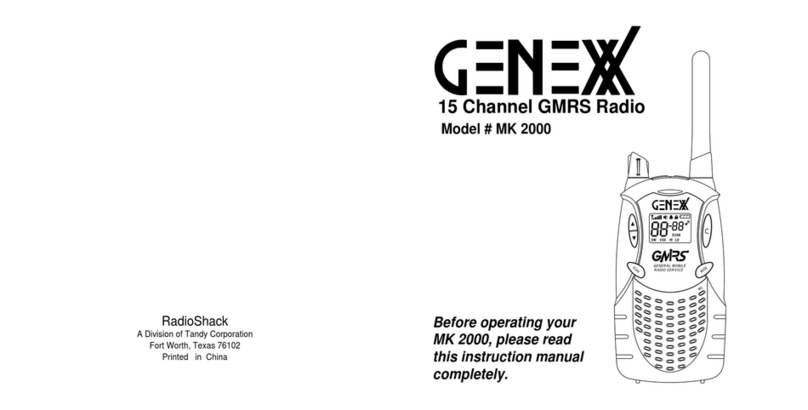TP620 Service Manual
Contents
1. Overview...................................................................................................................................................1
1.1. Scope...............................................................................................................................................................1
1.2. Safety Precaution.............................................................................................................................................1
2. Introduction..............................................................................................................................................2
2.1. External Views and Functional Keys................................................................................................................2
2.2. LED Indicator ...................................................................................................................................................2
3. Circuit Description..................................................................................................................................3
3.1. Tx/Rx Signal Procedure...................................................................................................................................3
3.1.1. Tx Circuit .......................................................................................................................................................3
3.1.2. Rx Circuit.......................................................................................................................................................4
3.1.3. Frequency Synthesizer Circuit ......................................................................................................................6
3.2. Power Section..................................................................................................................................................7
4. Function Description and Parameter Settings.....................................................................................8
4.1. Conventional Functions ...................................................................................................................................8
4.2. Function Parameter Settings ...........................................................................................................................8
5. Assemble and Disassemble Instructions........................................................................................... 11
5.1. Attaching and Detaching the Battery .............................................................................................................11
5.2. Attaching the antenna....................................................................................................................................12
5.3. Attaching the Speaker /Microphone...............................................................................................................13
5.4. Attaching the Belt Clip....................................................................................................................................13
5.5. Separating the Shell from the Chassis ..........................................................................................................13
5.6. Separating the Aluminum Shell from the Main Board....................................................................................14
5.7. Exploded View ...............................................................................................................................................15
6. Adjustment and Test.............................................................................................................................17
6.1. Components for Adjustment...........................................................................................................................17
6.2. Adjustment Test Method ................................................................................................................................17
6.2.1. Frequency Description ................................................................................................................................17
6.2.2. Test Tools ....................................................................................................................................................18
6.2.3. Tx Test and Modulation...............................................................................................................................18
6.2.4. Rx Test and Modulation...............................................................................................................................20
7. Technical Functions and Specifications.............................................................................................21
8. Maintenance and Test Equipment.......................................................................................................23
9. Troubleshooting....................................................................................................................................24
Appendix .......................................................................................................................................................25
List 1 Material List (Electronic Section 400-470MHz).............................................................................................25
List 2 Material List (Electronic Section 136-174MHz).............................................................................................35
List 3 Material List (structure material)....................................................................................................................46
Figure 1 TP620 Main Board Top Side PCB View(400-470MHz) ............................................................................48
Figure 2 TP620 Main Board Bottom Side PCB View(400-470MHz).......................................................................48
Figure 3 TP620 Main Board Top Side PCB View(136-174MHz) ............................................................................49
Figure 4 TP620 Main Board Bottom Side PCB View(136-174MHz).......................................................................49
Figure 5 TP620 Mainboard Schematic Diagram(400-470MHz) .............................................................................50
Figure 6 TP620 Mainboard Schematic Diagram(134-174MHz) .............................................................................56
I
